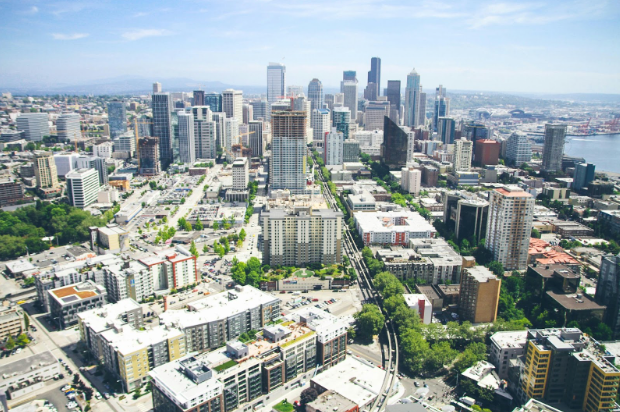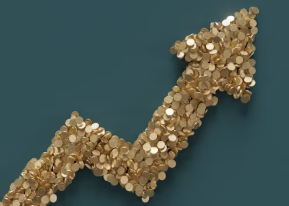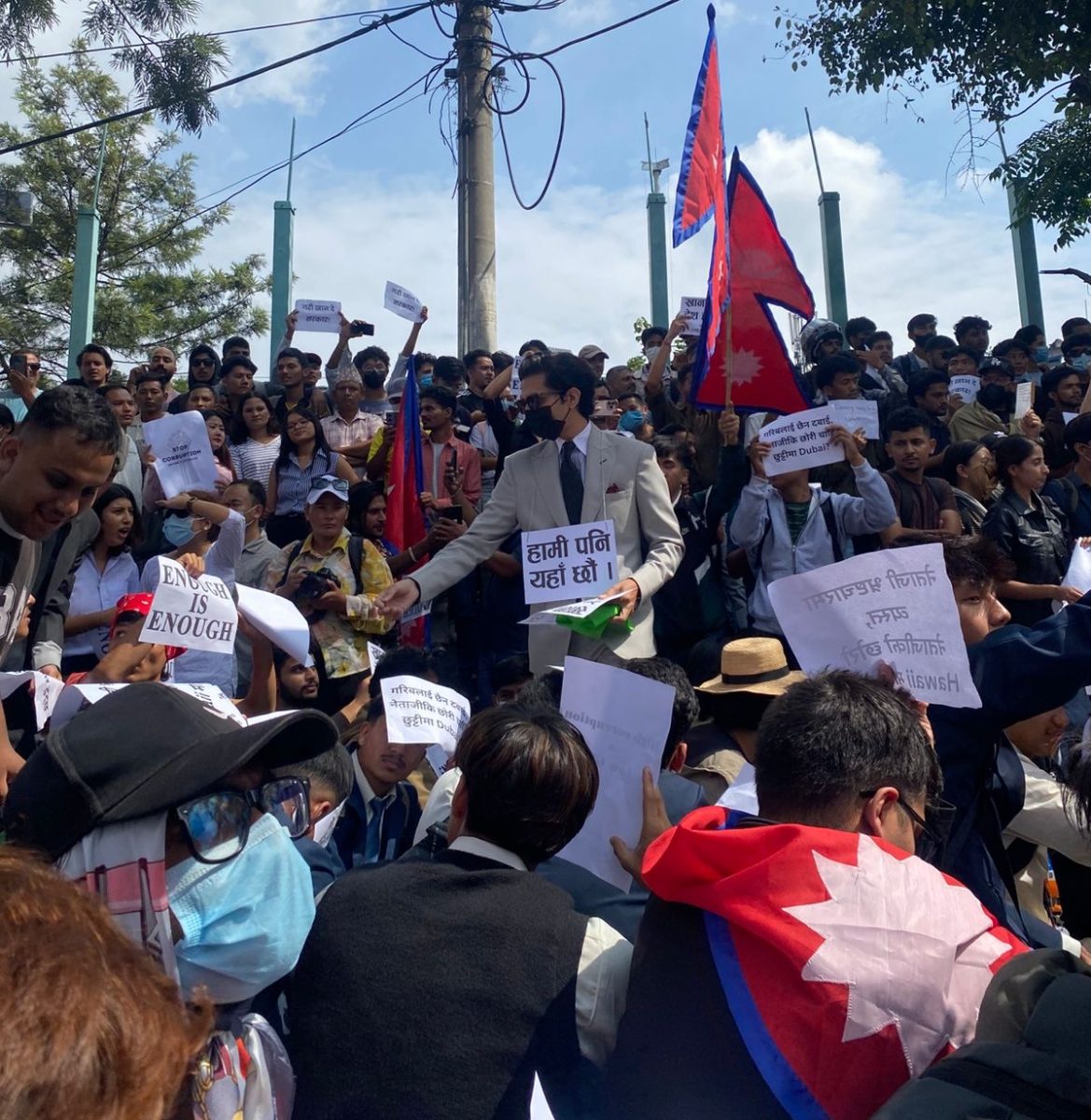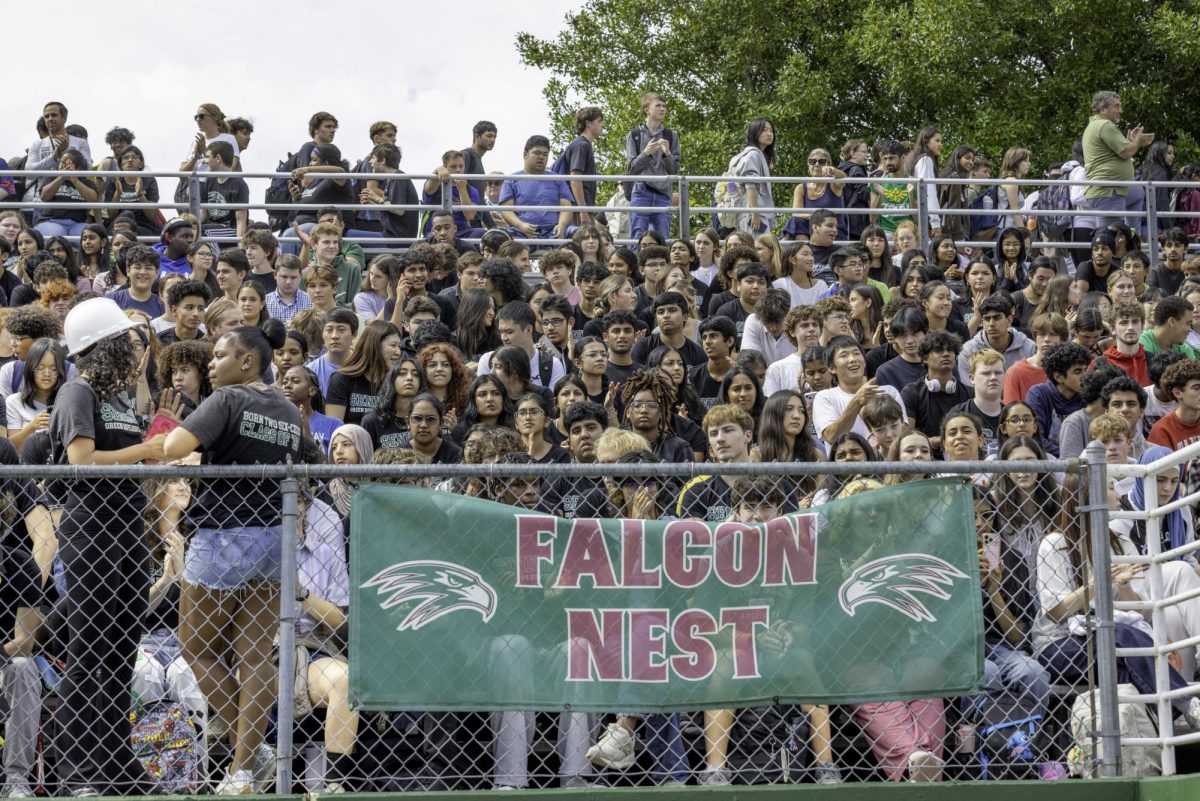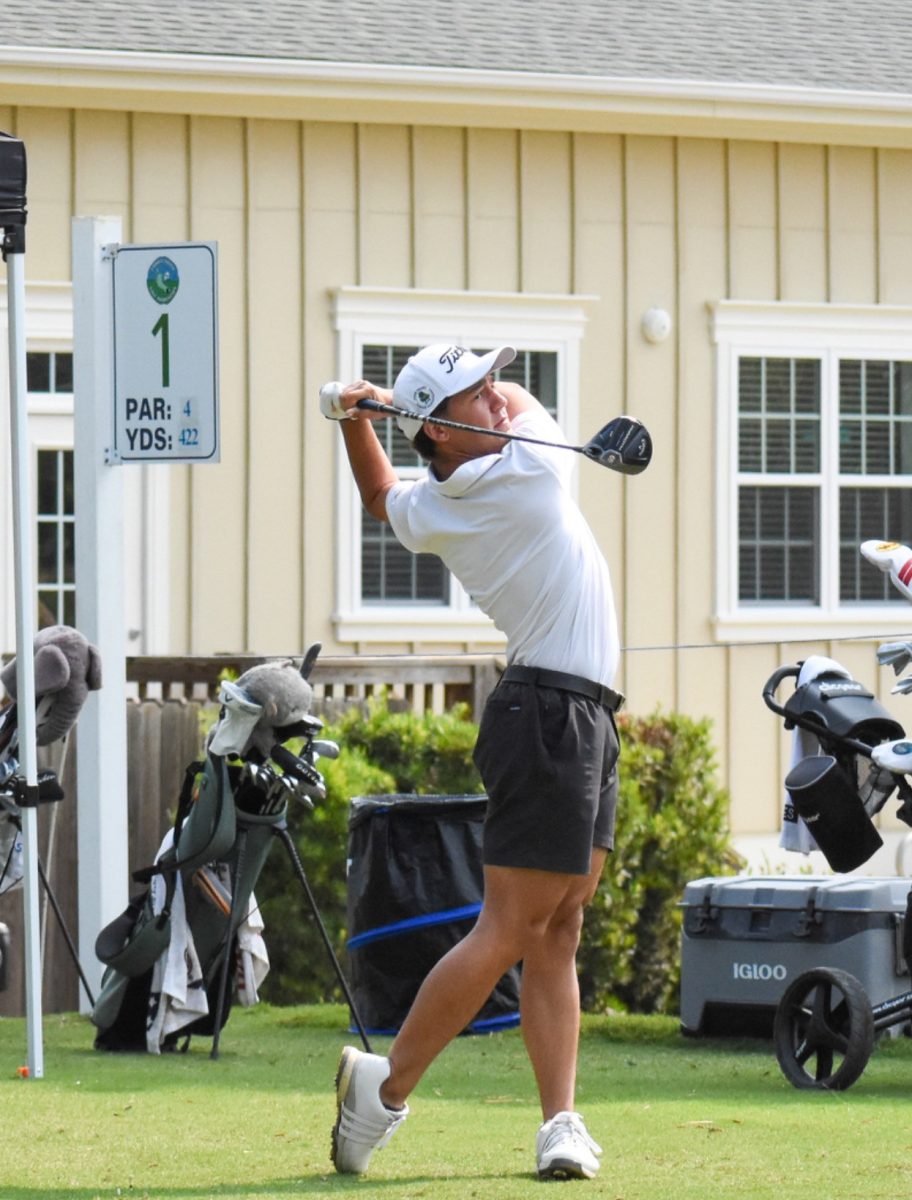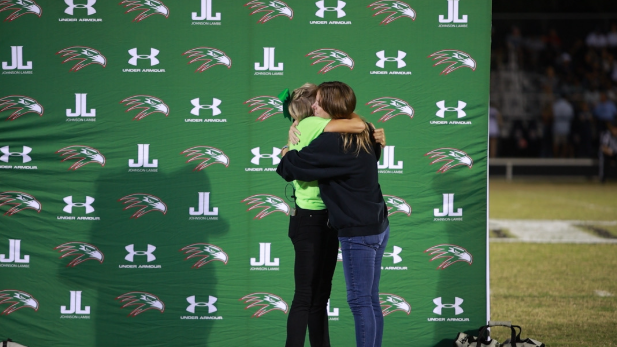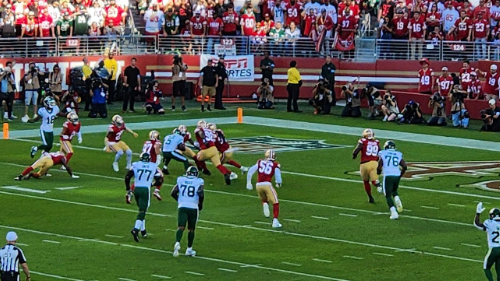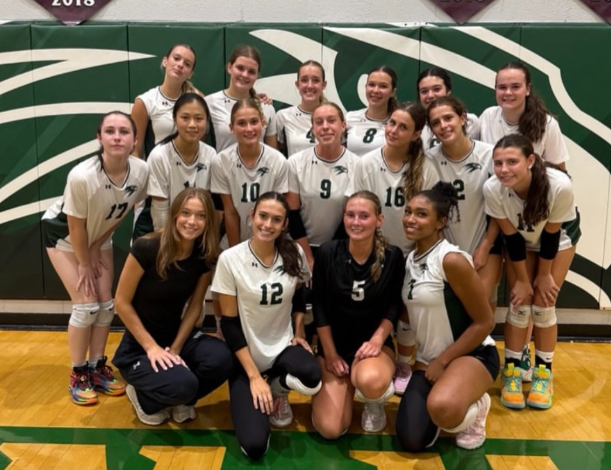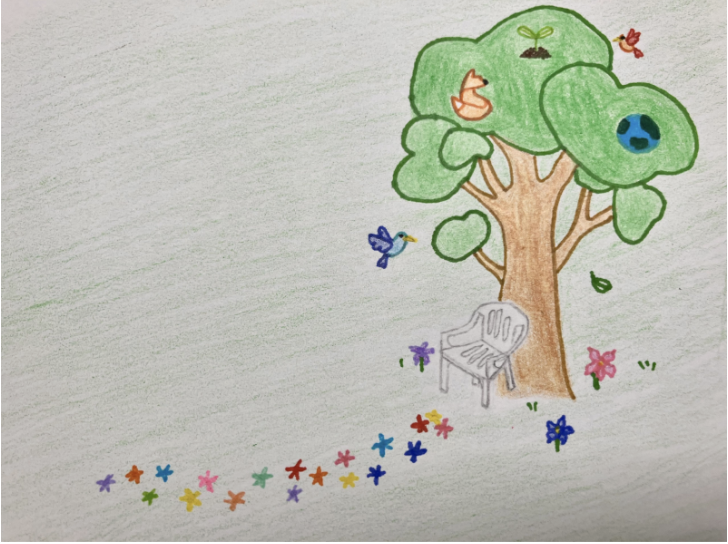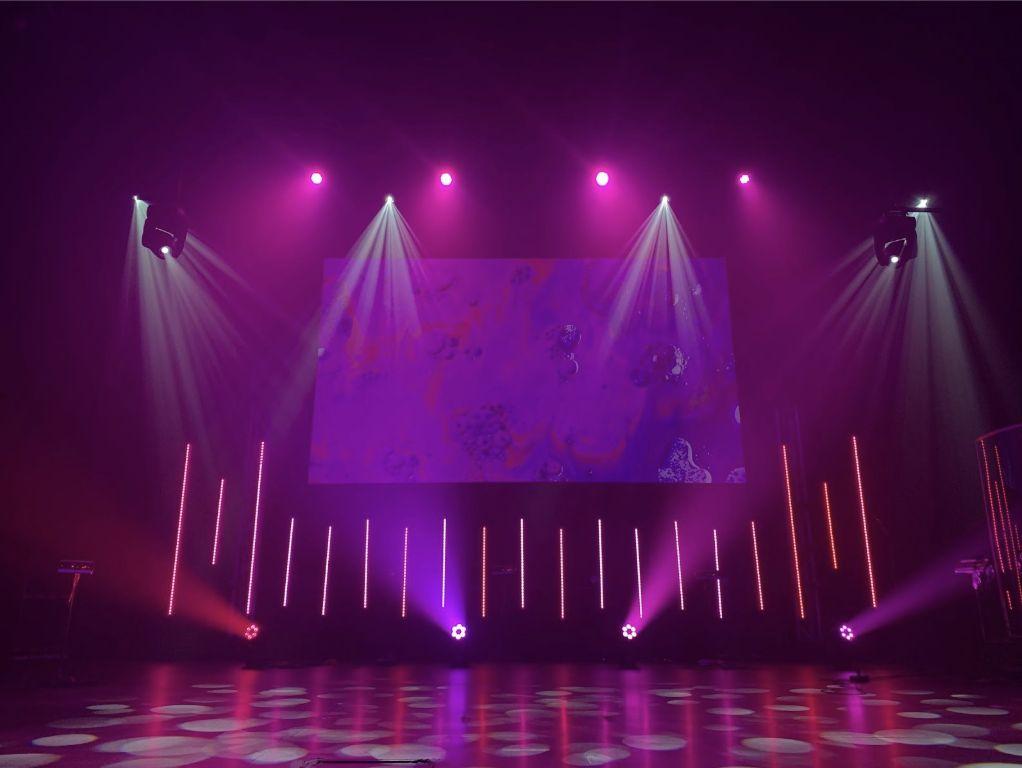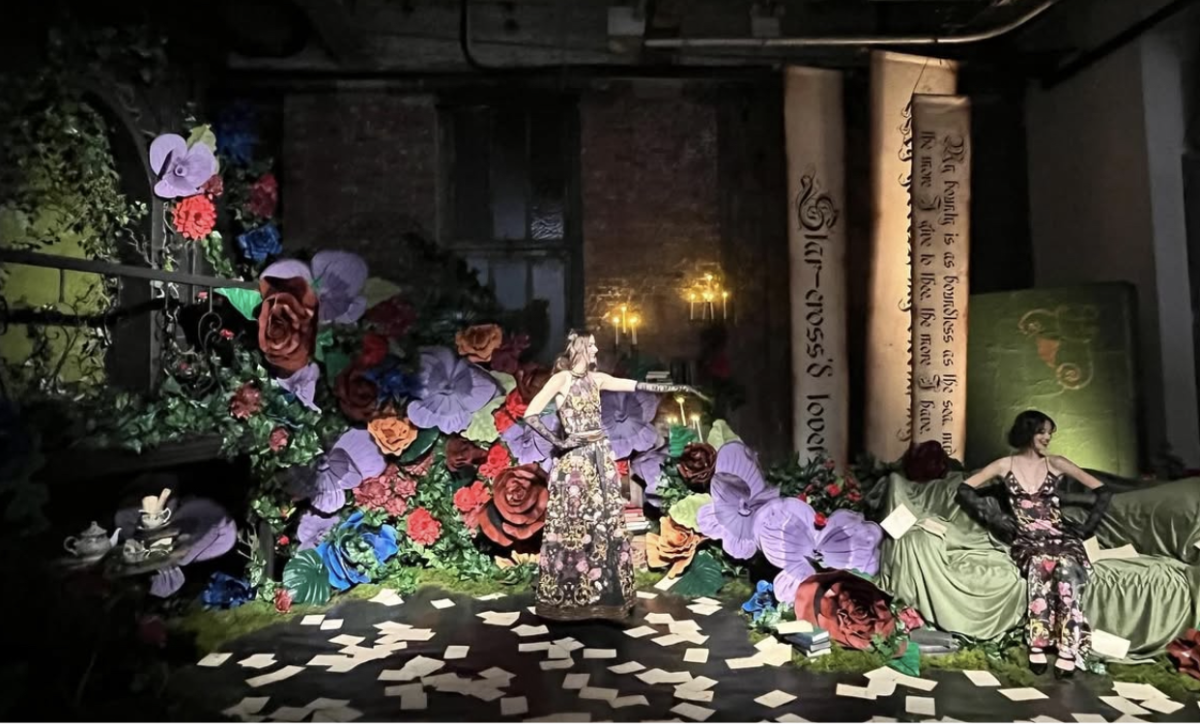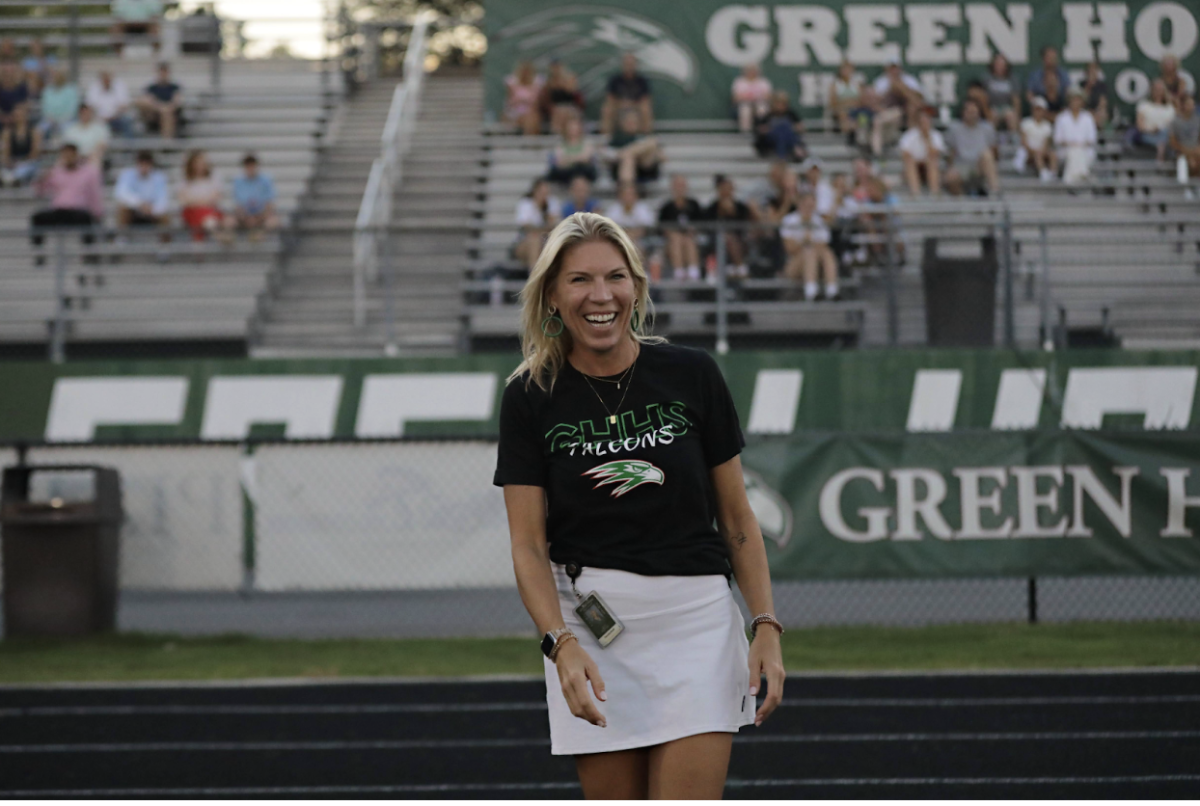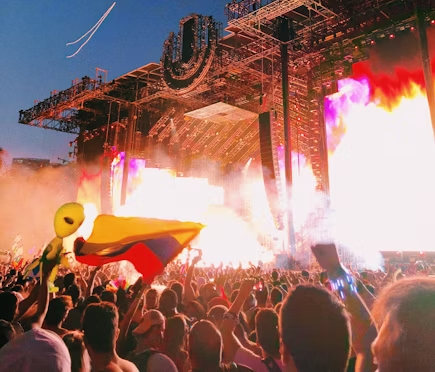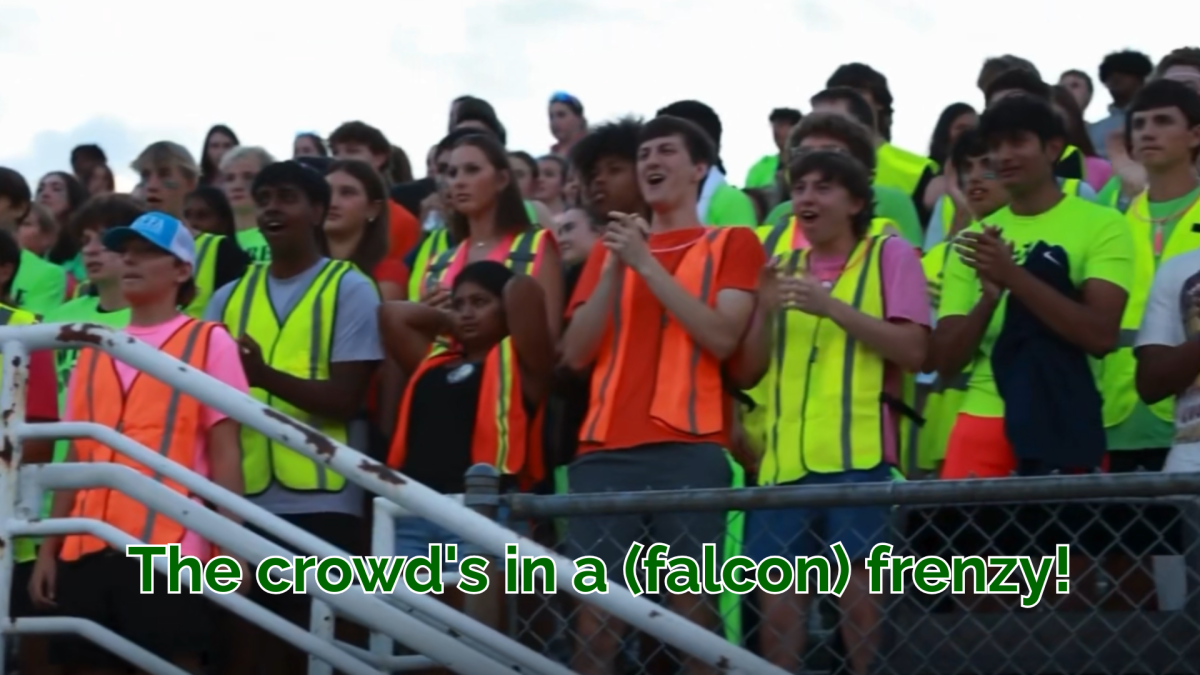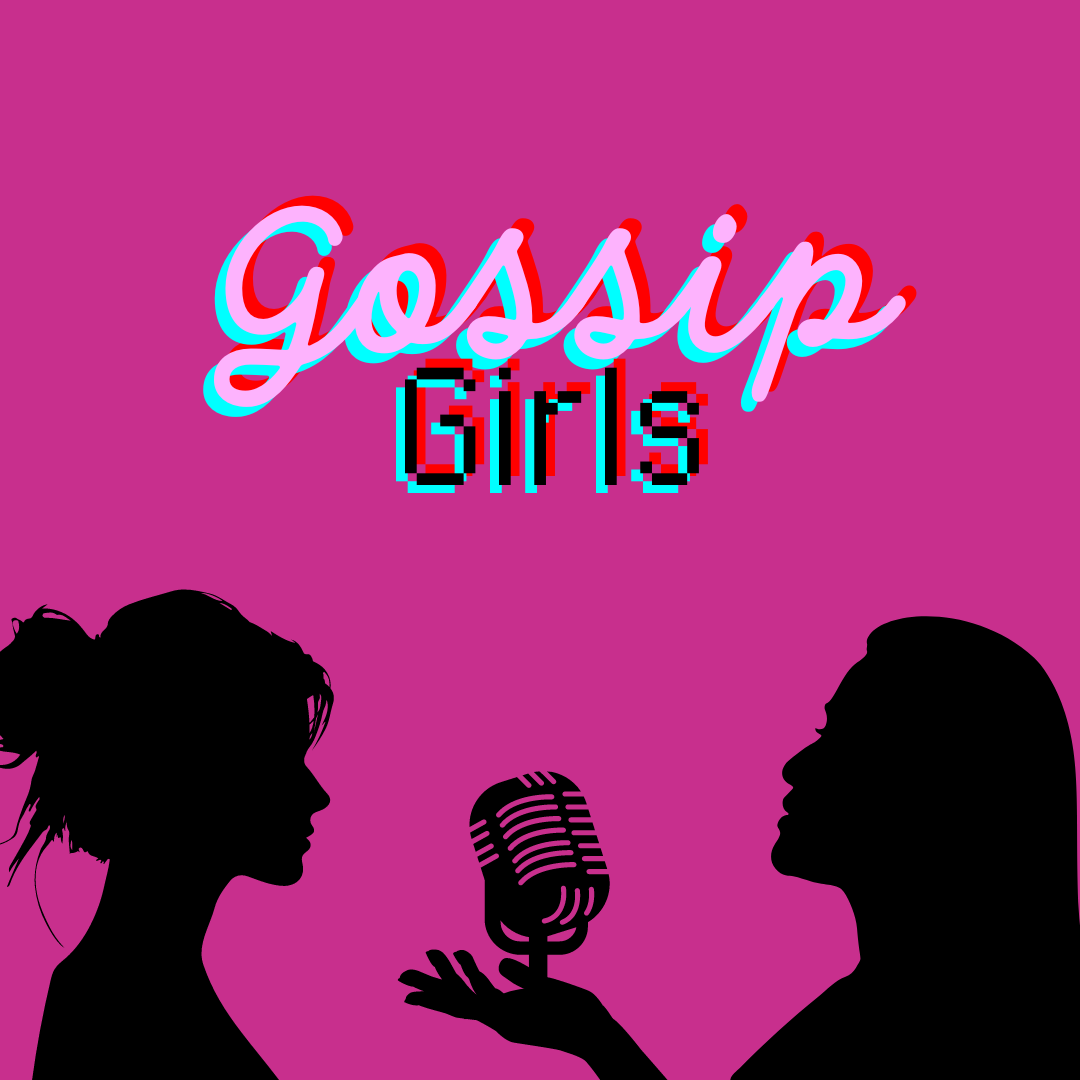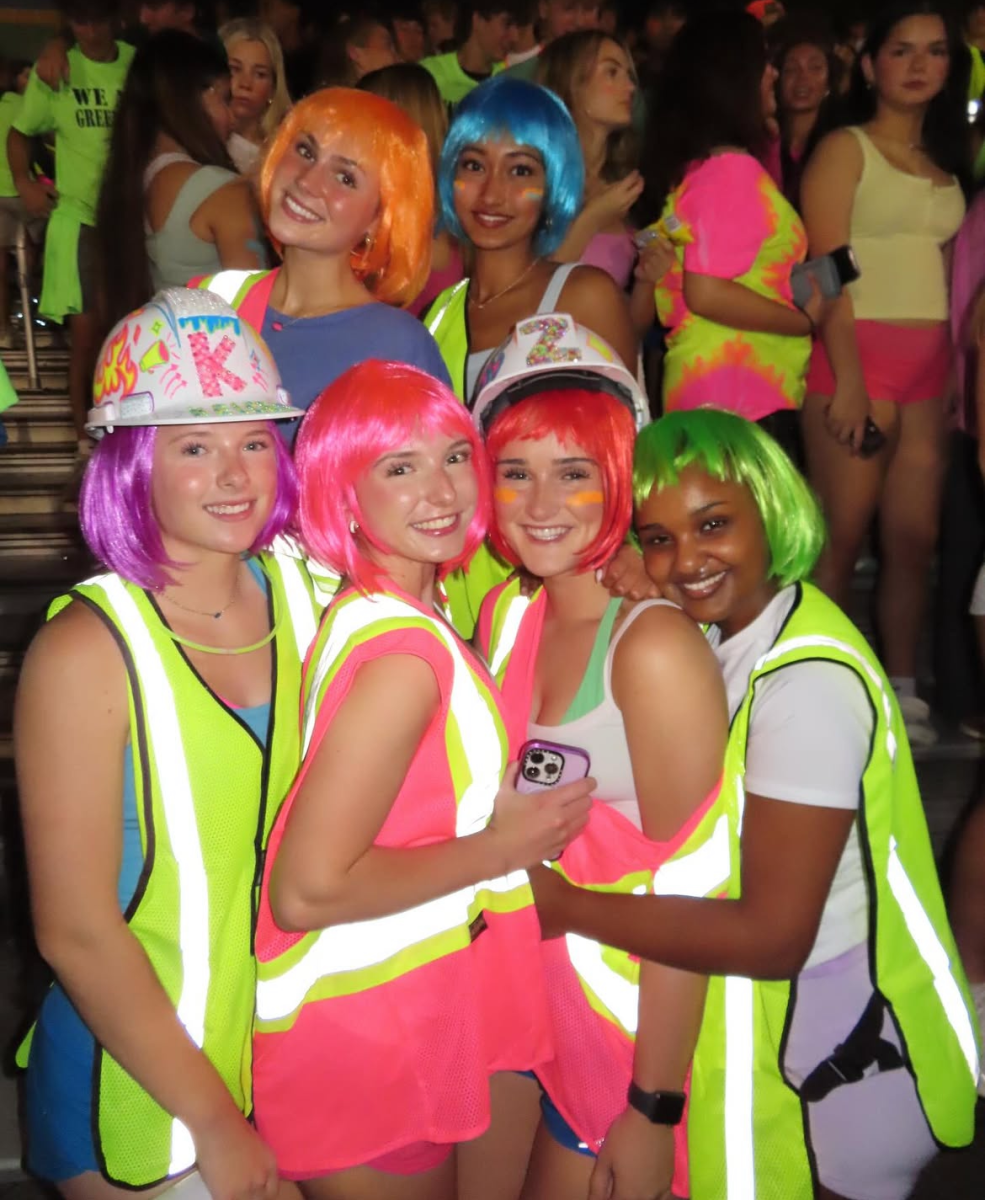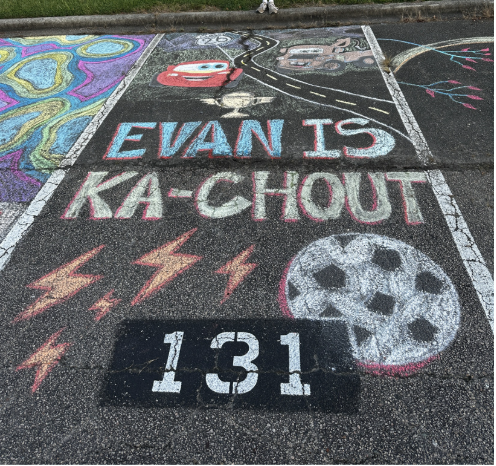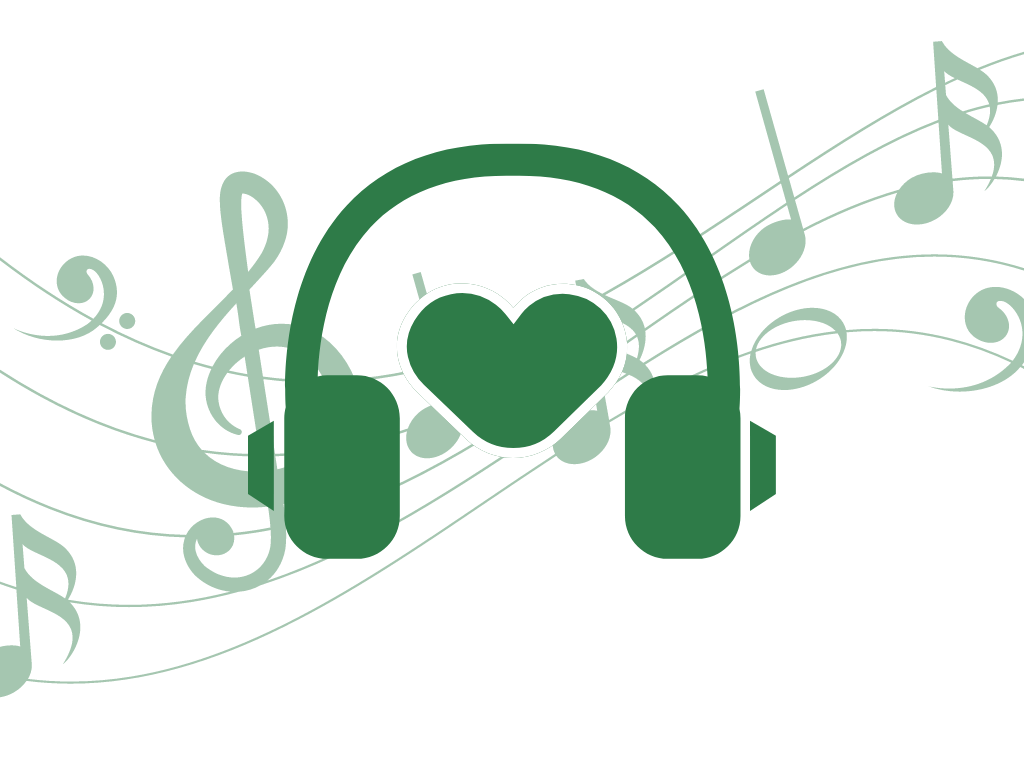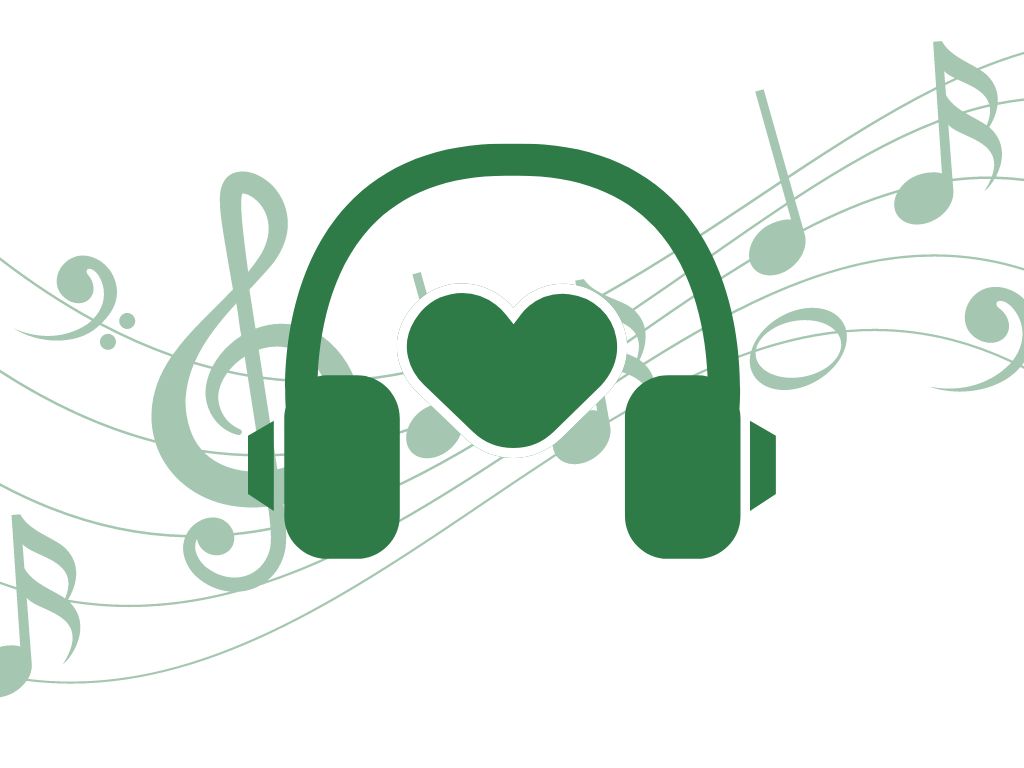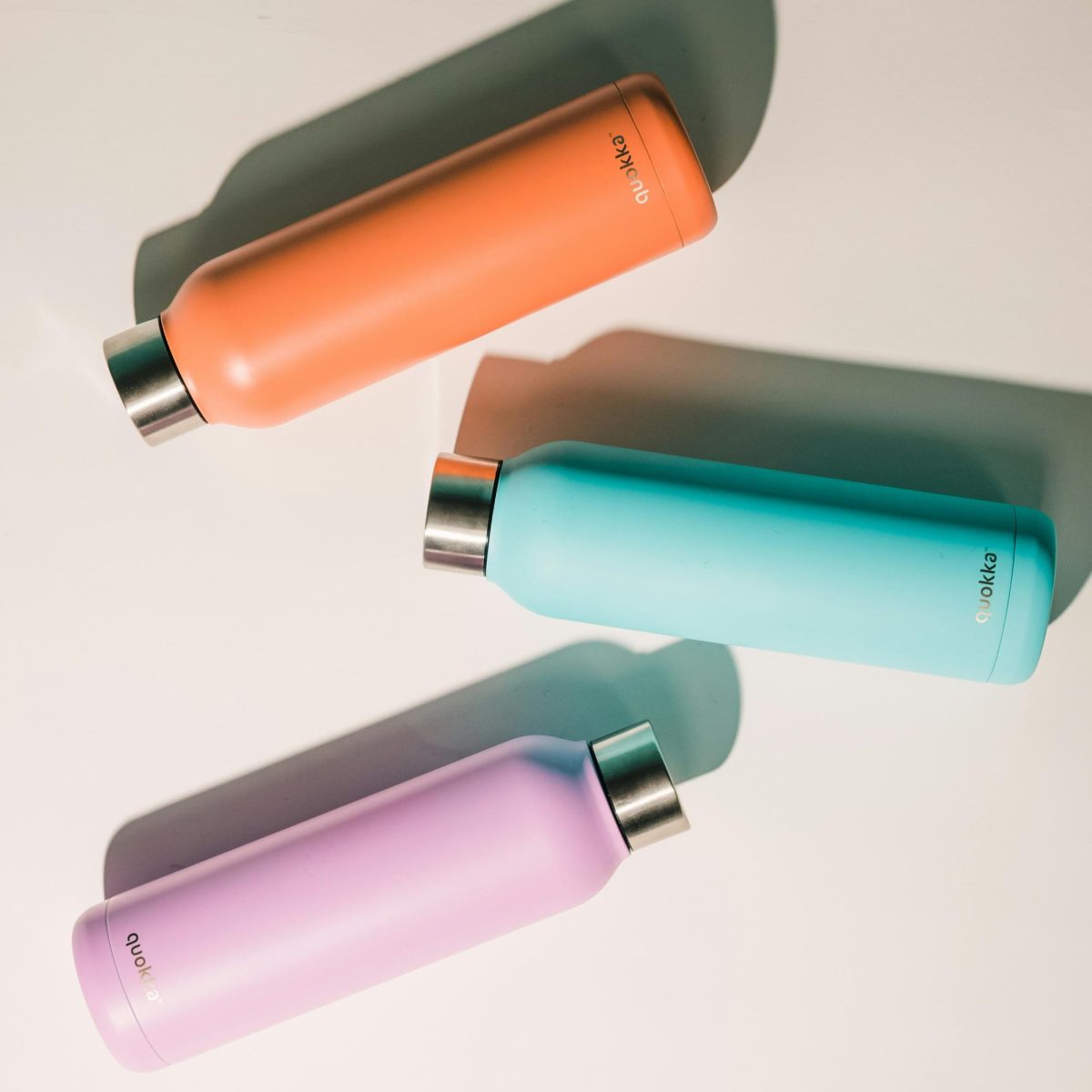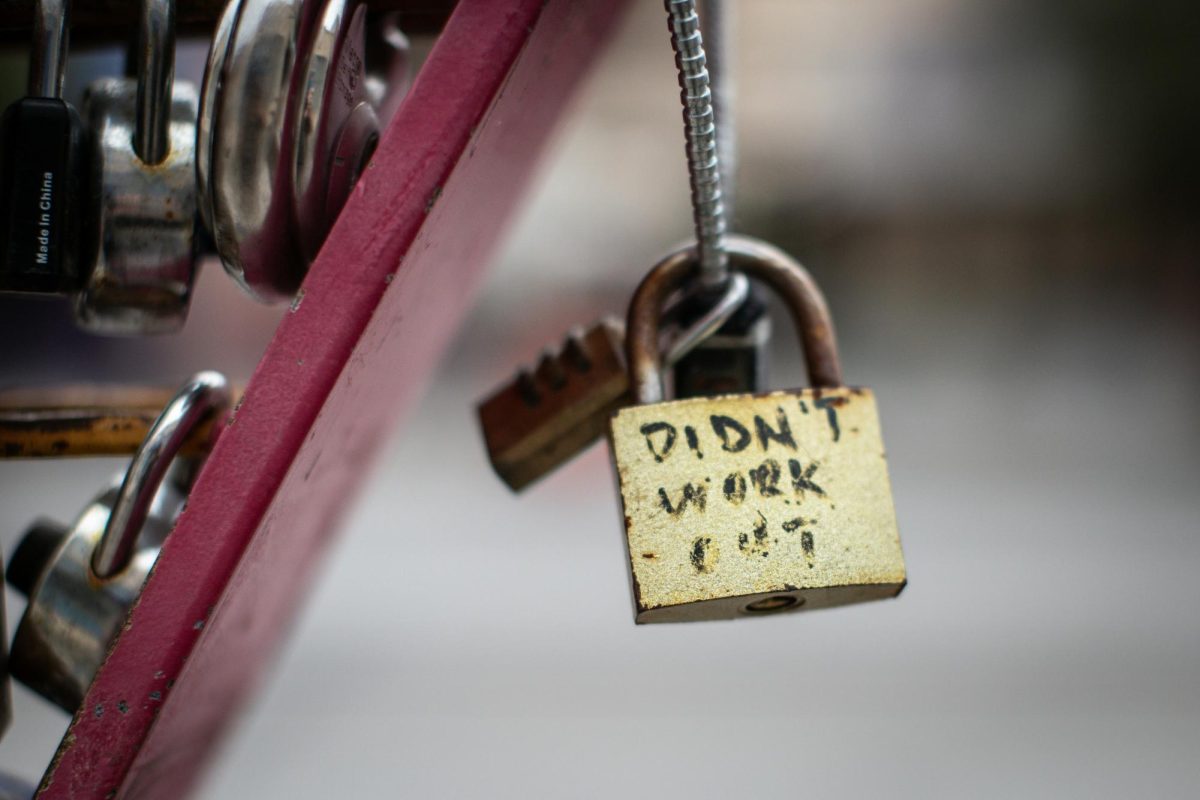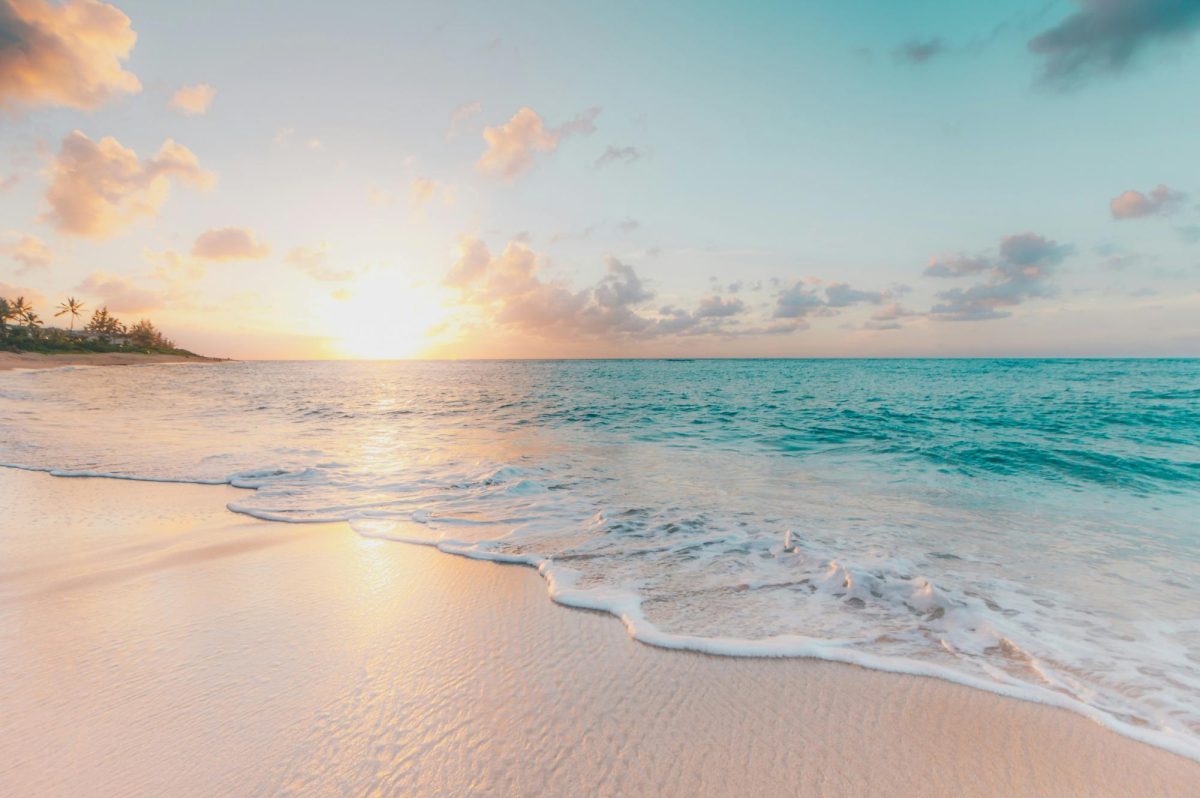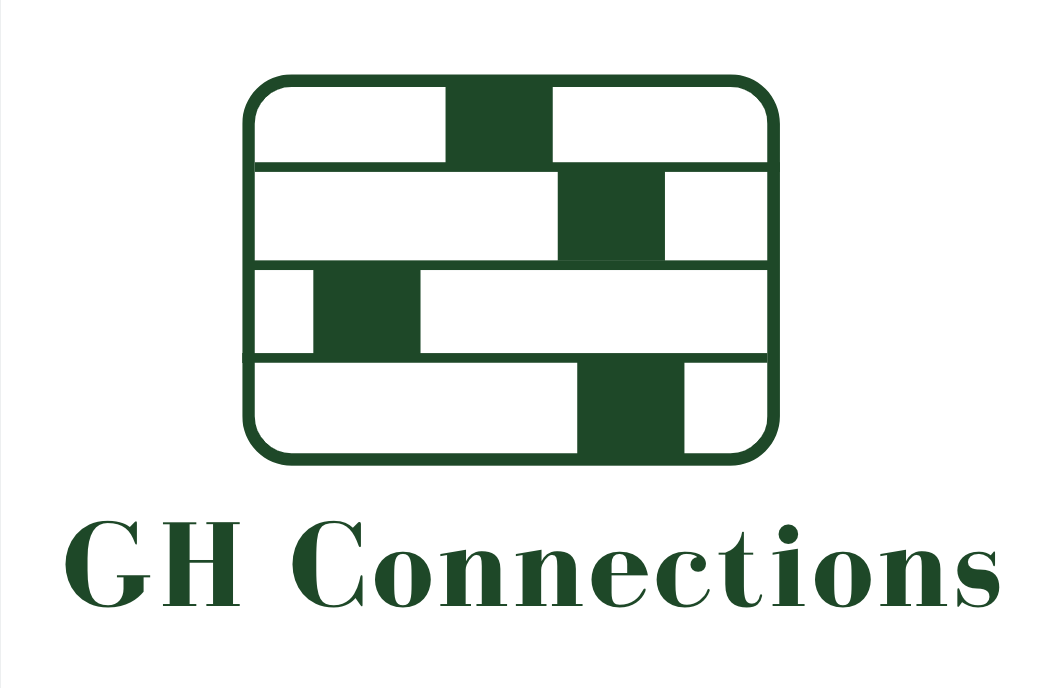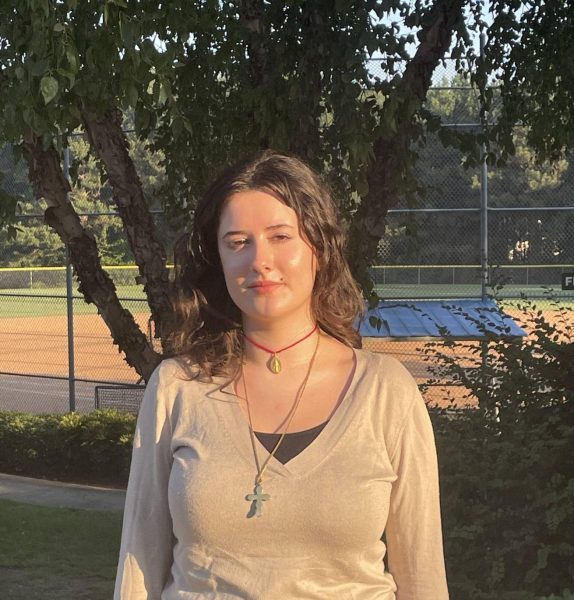Ballroom culture: How newfound interest propels gentrification

Drag clubs across the world provide a safe space for all.
November 1, 2022
As prejudice, racism, and homophobia ran rampant around the world in the 1800’s, victims of racial discrimination and oppression created their own safe space: the Ballroom scene. There, houses were developed to help drag queens and LGBTQ+ dancers showcase their talent without being oppressed by the judge’s racism. Clips of Voguing competitions have made their way to TikTok and are endangering the space. Members of this scene now fear that their safe haven of self expression will be gentrified by the masses.
The Drag pageantry scene was (and still is) full of racism and homophobia. Often, judges will pick from contestants based on eurocentric beauty standards and skin color, which led to the oppression of Black and Latino contestants in these competitions. Drag queen LaBeija was victimized by discrimination and started the first House with Drag queen Crystal during the Harlem Renaissance. Built to create a safe environment for black and Latino contestants, they developed an inclusive and safe environment to promote their artistry and compete without the burden of racial injustice and homophobia in their judge panels.
In these houses, Vogueing emerged as an improvisational dance in which dancers would compete in in both drag and without drag apparel. Vogueing is a dance that takes inspiration from fashion magazines where participants will pose to the music. The staple move in Vogueing is called a “death drop” where dancers will fall into a split-like position and lean back into their hind leg. It is often done on beat drops as a way to emphasize both the moves and the beat. The ability to make these moves takes a lot of skill as it can injure people’s knees if done incorrectly, which is why it leaves spectators in awe when the drop is performed.
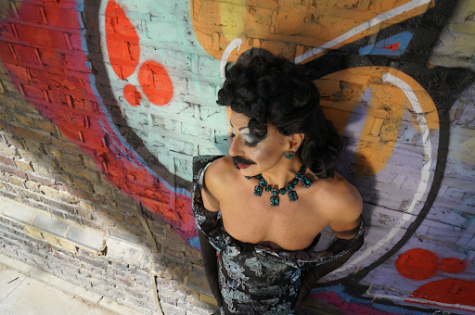
Impressed by the skill of many drag queens and Ballroom dancers, the audience around this subculture is significantly increasing. Many love supporting these performers. Many dancers now have their own platforms now to showcase their individual talents; however, the social issues arise when people try to make themselves part of this culture as white, cisgendered, straight people. This form of “impersonation” lessens and devalues the uniqueness of the subculture.
Homophobia is an issue even in the Green Hope community. Clubs like Tea Club are organized to give LGBTQ+ students a safe space to be themselves and for allies of the club to learn more. The club members and its board promote a positive environment for students who may have been targeted with homophobic slurs and threats. Tea Club has a rule that no one must talk about the identities of its members. This policy is meant to ensure their safety due certain citizen of the community who may mock the sexual orientation of each member. Homophobia brings dangerous consequences to LGBTQ+ members, which is why it is important to recognize that students face the reality of danger such that they can gather in a place where they are not judged or harmed for being their true selves.
While the newfound interest in the performers’ talents helps uplift this community and their achievements, the dancers also fear the gentrification of the culture they built. The meaning and purpose was all developed as an escape from prejudice and racism and as a place to give people of color the opportunity to be judged fairly, yet those that wish to be part of this community end up creating an uncomfortable safe space. Mostly white cisgendered people making themselves part of this culture is instilling fear in the hearts of those in this scene. The performers fear that those groups who suffer from a lack of systemic oppression will take over these sanctuaries of inclusivity and restore the racist system that existed. History shows that to guard against racism, this community must be both understood as well as allowed a safe space to express themselves without fear of hatred or prejudice.
The main concerns come from a place of fear that the little space these individuals have to express themselves fully will also be taken over and start a new cycle of discrimination. However, the new interest in Drag and Vogueing has propelled the platforms of these performers in a positive direction. Many are split on as to what’s the right way to deal with this, but no matter what it is important to understand and respect the boundaries of these performers.





